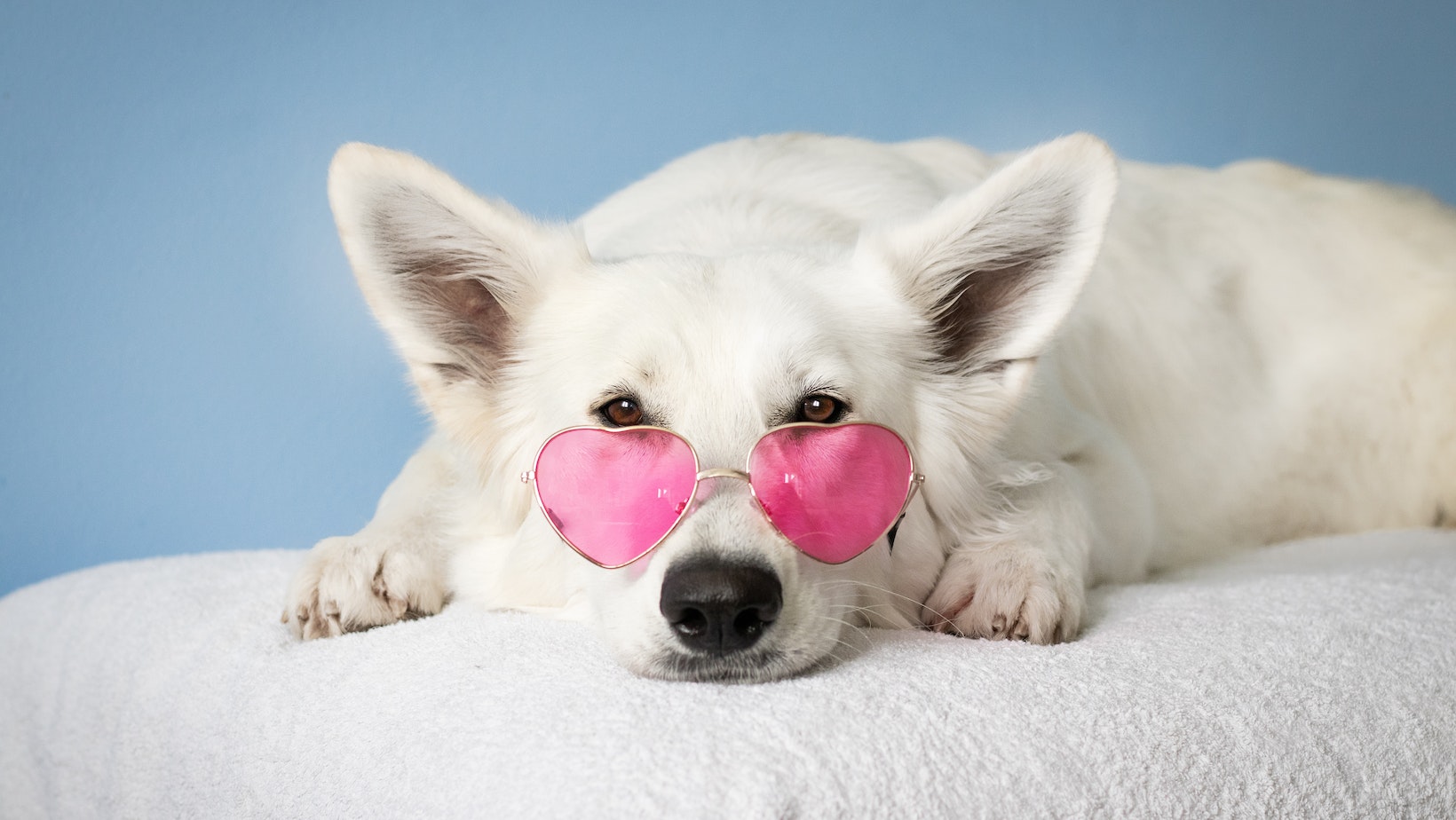How To Treat Shock Collar Wounds
If your Labrador has suffered from shock collar wounds, it’s important to know how to properly treat and care for them. These wounds can be painful and require immediate attention to prevent infection and promote healing. In this article, I’ll provide you with some essential tips on how to effectively treat shock collar wounds in your beloved Labrador.
Firstly, it’s crucial to assess the severity of the wound. If it’s a minor scrape or abrasion, you can start by gently cleaning the area with mild soap and warm water. Be sure to remove any debris or foreign objects that may be stuck in the wound. Apply an antiseptic solution, such as hydrogen peroxide or iodine, using a clean cloth or cotton ball.
For deeper or more serious wounds, it is best to seek veterinary assistance. Your vet will have the expertise and equipment necessary to properly clean and dress the wound. They may also prescribe antibiotics to prevent infection.
After cleaning the wound, apply a topical antibiotic ointment recommended by your veterinarian. This will help protect against bacteria while promoting healing. Depending on the location of the wound, you might need to cover it with a non-stick bandage or cone collar to prevent your Labrador from licking or scratching at it.
Remember, shock collar wounds can take time to heal completely. It’s important to monitor the wound closely for any signs of infection such as redness, swelling, discharge or foul odor. If you notice any concerning symptoms or if the wound doesn’t seem to be improving after a few days, don’t hesitate to consult your vet for further guidance.
Taking proper care of shock collar wounds is essential for ensuring your Labrador’s well-being and preventing complications down the line. By following these guidelines on treating shock collar wounds in Labradors effectively, you can help facilitate their healing process and minimise discomfort during recovery.
Signs of Shock Collar Wounds
When it comes to shock collar wounds, it’s important to be able to recognize the signs and symptoms. As an expert in dog care, I have encountered cases where dogs wearing shock collars have suffered from injuries. Here are some key indicators that may suggest your Labrador has a shock collar wound:
- Visible Skin Irritation: Look for any redness, swelling, or skin abrasions around the neck area where the shock collar is worn. These wounds can range from mild irritation to more severe lacerations.
- Hair Loss: Excessive hair loss around the neck region is another sign that your Labrador may be experiencing shock collar-related injuries. Keep an eye out for patches of missing fur or thinning areas.
- Open Wounds or Sores: In some cases, shock collars can cause open wounds or sores due to constant rubbing against the skin. These wounds may appear as raw and exposed areas on your dog’s neck.
- Pain or Discomfort: Dogs with shock collar wounds might exhibit signs of discomfort such as scratching, rubbing their neck against furniture or objects, whimpering, or avoiding contact with the affected area.
- Behavioural Changes: Pay attention to any behavioural changes in your Labrador, including increased aggression, fearfulness, anxiety, or reluctance to go outside or wear a collar.
If you notice any of these signs in your Labrador, it’s crucial to take immediate action and seek proper treatment for their shock collar wounds. Remember that I am not a veterinarian but can offer advice based on my experience and knowledge in this field.
In conclusion (as requested), recognizing the signs of shock collar wounds is essential for timely intervention and appropriate treatment. By being vigilant and attentive to your dog’s well-being, you can ensure their safety and prevent further harm caused by these devices.
